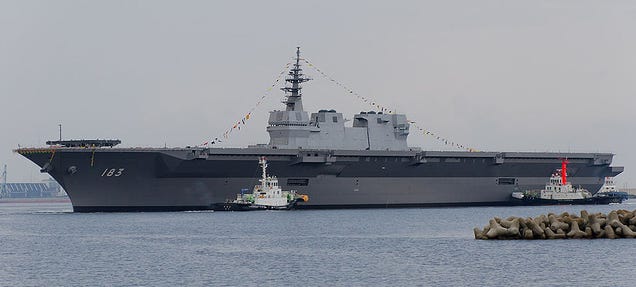Domestic Terrorism Threat Lingers 20 Years After Oklahoma City
Floodlights illuminate the Alfred P. Murrah Federal Building on April 20, 1995, the day after the Oklahoma City bombing. (BOB DAEMMRICH/AFP/Getty Images)
Summary
It is 20 years since the United States suffered its worst act of domestic terrorism, the 1995 Oklahoma City bombing. Despite the intense focus on jihadist terrorism in the wake of 9/11, domestic terrorism remains a persistent and unrelenting threat to the United States. But as deadly attacks in Norway, the United Kingdom and Canada demonstrate, domestic terrorism is not just an American problem.
Analysis
On the morning of April 19, 1995, Timothy McVeigh, a former U.S. Army infantryman and Persian Gulf War veteran, parked a yellow Ryder rental truck in the daycare drop-off zone beside the Alfred P. Murrah Federal Building in Oklahoma City. Inside the truck was a massive improvised bomb made with around 2,200 kilograms (4,800 pounds) of ammonium nitrate mixed with nitromethane, a potent homemade explosive. McVeigh lit the fuse, locked the truck and then hurried to his getaway vehicle. Minutes later a devastating explosion enveloped the Murrah building. The blast killed 168 people, including 19 children who happened to be in the building's daycare center. At the time, the bombing was the largest single terrorist attack suffered by the United States. The attack was a wake-up call for the U.S. government and an incentive to review threat assessment and practices at the federal, state and local law enforcement levels. Before McVeigh, the main focus for counterterrorism had been outward, angled toward prevailing external terrorist threats. The Oklahoma City bombing changed that, bringing domestic terrorism on a level with the myriad dangers faced from outside America's borders.
Fortunately, spectacular acts of domestic terrorism are few and far between, and attacks like the Oklahoma City bombing are the exception rather than the rule. Most domestic terrorist attacks tend to be more like the June 8, 2014, attack in Las Vegas, in which Jerad and Amanda Miller fatally shot two police officers and a Wal-Mart customer before being killed by police. Or the Aug. 5, 2012, incident in which Wade Page shot and killed six and wounded three others at a Sikh temple in Oak Creek, Wisconsin, before killing himself. Most domestic terrorism-related bombing attacks tend to involve small, simple bombs of the type used by Eric Rudolph and Daniel Andreas San Diego, as opposed to McVeigh's outsize contrivance.
A wide range of ideologies from either end of the political spectrum can spawn domestic terrorism. Right-wing extremists can be motivated by anti-government sentiments (e.g., McVeigh and the Millers), white supremacy (Page and Buford Furrow), or anti-abortion and anti-homosexual sentiments (Rudolph). Left-wing extremists can be motivated by anti-government anarchist beliefs, animal rights or environmentalist issues, among other things. The wide array of potential domestic terrorism actors and targets makes domestic terrorism a challenging task for law enforcement.
Because most domestic terrorism cases tend to be simple attacks conducted by a lone perpetrator or small cell, the implications for domestic terrorist threats are essentially the same as they are for the grassroots jihadist threat. First, it is critical for people to remember that terrorist attacks do not appear out of a vacuum. No matter what their motivation or ideology, individuals planning an attack follow a discernible cycle involving behavior that can be detected before the attack is conducted.
It is also important for people to understand that it is physically impossible for governments to protect all potential targets from every sort of attack. This means that many places are vulnerable to an attack should an assailant choose to strike, assuming the assailant's pre-operational activities go undetected. Therefore, citizens need to assume responsibility for their own security. This involves citizens not only reporting suspicious activity to authorities but also practicing appropriate situational awareness, having updated contingency plans in place for their families and businesses, and being prepared to act if things suddenly turn bad.
COPYRIGHT: STRATFOR.COM

























